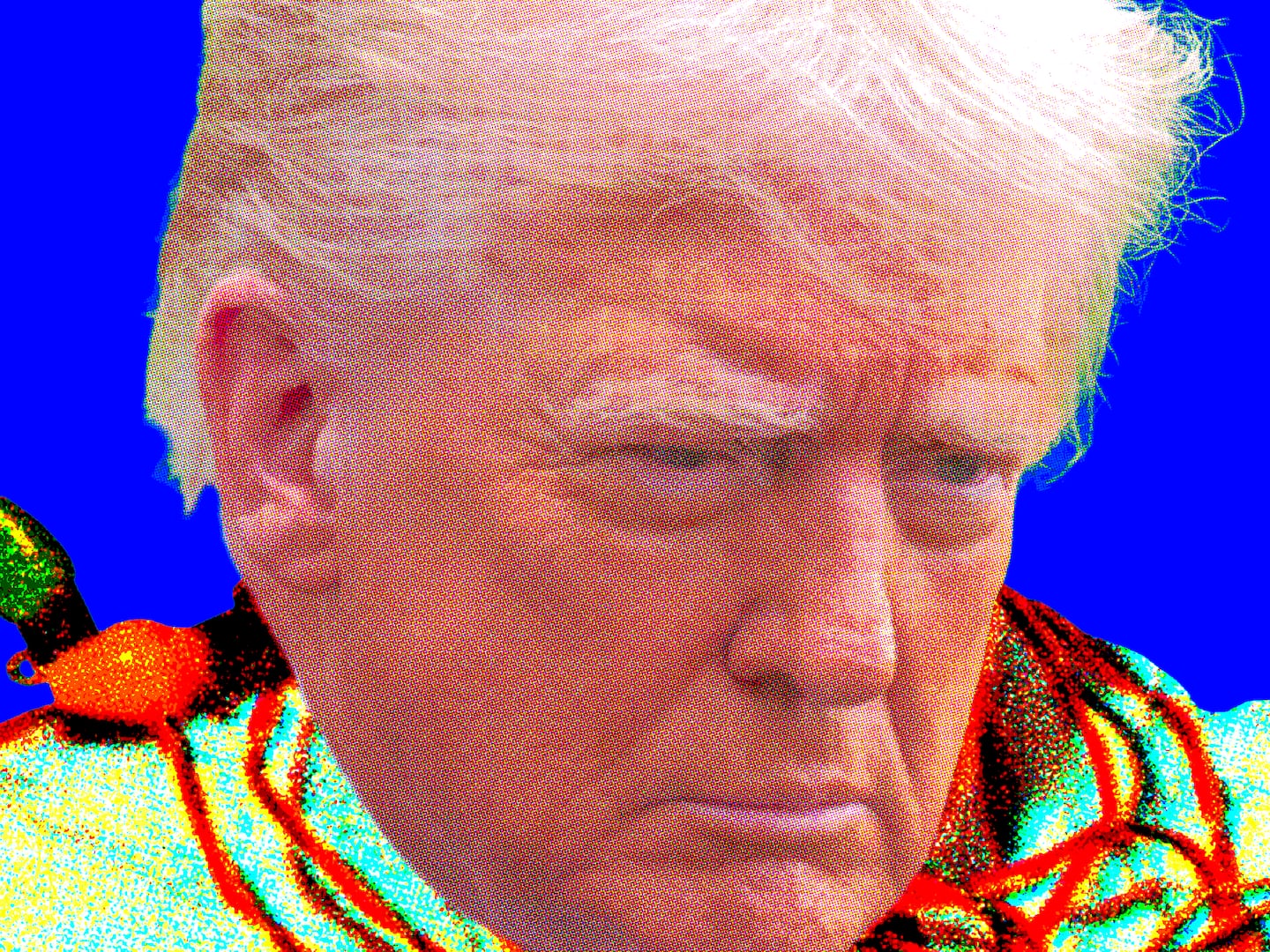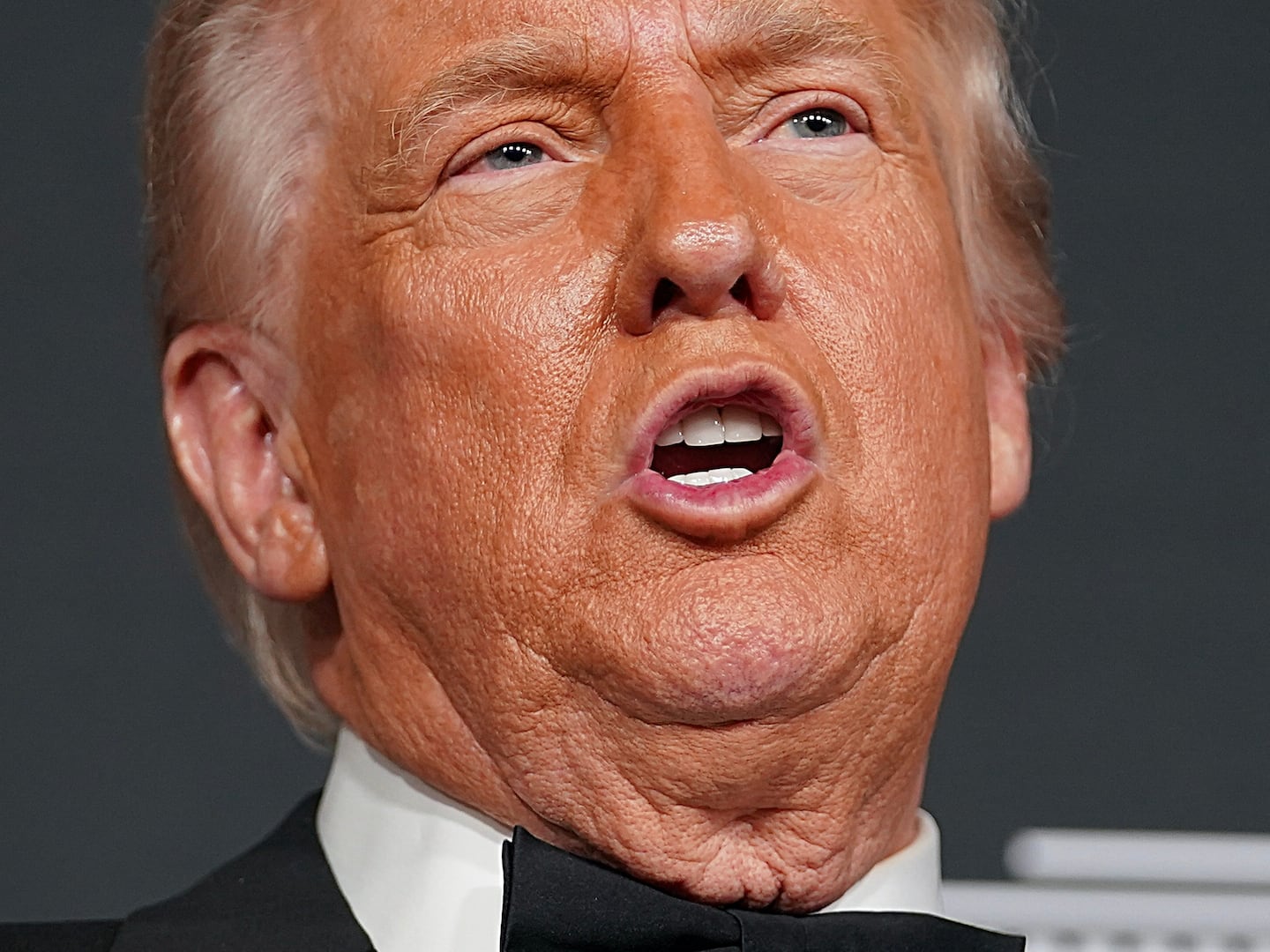In his article, Robert Cherry begins with a misrepresentation. I have never used the apartheid analysis to refer only to policies inside the pre-1967 borders. “Israeli apartheid” typically refers either just to the West Bank (i.e. Jimmy Carter’s position), or, as in my case, to all of Palestine/Israel as one unit. To quote from Oren Yiftachel, it is about seeing “the colonized West Bank, the besieged Gaza Strip and Israel proper, each with its own official set of rules,” as “one regime system” which privileges Jews and divides Palestinians into different groups granted or denied certain rights

In addition, Cherry leaves out the foundational ethnic cleansing of the Nakba, mass expulsions which enabled a ‘Jewish majority’ to be created in the first place and which stripped most of the Palestinian people of their land—and citizenship—within what became Israel. Cherry’s approach, of exclusively focusing on (selectively-chosen aspects of) life for the minority of Palestinians with Israeli citizenship, is simply unequipped for challenging the substance of his apparent target.
Cherry concentrates on “government affirmative action policies” aimed at improving “the economic and educational situation of Israeli Arabs.” I wrote about this phenomenon in 2011, and how “seeing the national economic potential in ‘equalizing the income’ of Jews and Palestinian citizens is one thing—addressing the roots of systematic discrimination is another.” It is those roots that Cherry omits, and so here are some examples of Israel’s legal and political framework of racist privilege:
- There is no guarantee of full equality for Jewish and Palestinian citizens by law.
- The legislated roles of Zionist institutions like the Jewish Agency and Jewish National Fund grant responsibilities normally performed by the state to bodies intended to privilege Jews.
- Around 20 percent of the pre-1967 territory is land expropriated from Palestinian refugees.
- One in four Palestinian citizens is a “present absentee”, their land confiscated.
- By the mid-1970s, the average Palestinian village in Israel had lost 65 to 75 percent of its land.
- According to the U.N.’s Special Rapporteur on the right to adequate housing, Israel pursues “a land development model that excludes, discriminates against and displaces minorities”.
- Admission committees filter residents in 70 percent of Israeli communities (a role legislated for in around 42 percent of communities) and “have notoriously been used to exclude Arabs.”
- Tens of thousands live in “unrecognised villages” in the Negev and elsewhere, with many threatened by a new plan for forced displacement.
- Open racism from the highest-level officials is common place, such as talk of the ‘demographic threat’ posed by Palestinian citizens. Jerusalem mayor Nir Barkat—praised by Cherry for his “investments” in East Jerusalem infrastructure—proclaims an ‘ideal’ ethnic population ratio for the city.
- Palestinian citizens are prevented from living with a spouse from the West Bank or Gaza Strip. The High Court, who as good liberals always feel terribly anguished when rubber-stamping apartheid, backed the law on the basis that “human rights are not a prescription for national suicide.”
What is this, if not “a pervasive system of state policies that institutionalize separate and unequal treatment”? This is Cherry’s own definition of apartheid, though he did not mention international law, where the crime is referenced in various conventions and the Rome Statute of the ICC. Moreover, these policies within the ‘Green Line’ are one element in a regime that also includes the network of West Bank colonies and a blockaded Gaza Strip.
Last year, the U.N. Committee on the Elimination of Racial Discrimination described Israel's systematic violations, such as “segregation” and “[un]equal access to land and property.” as grave enough to necessitate a reminder of the “prohibition” of “apartheid.” This is the reality, and no amount of ‘co-existence’ industrial parks at home or rebranding abroad can mask it.






